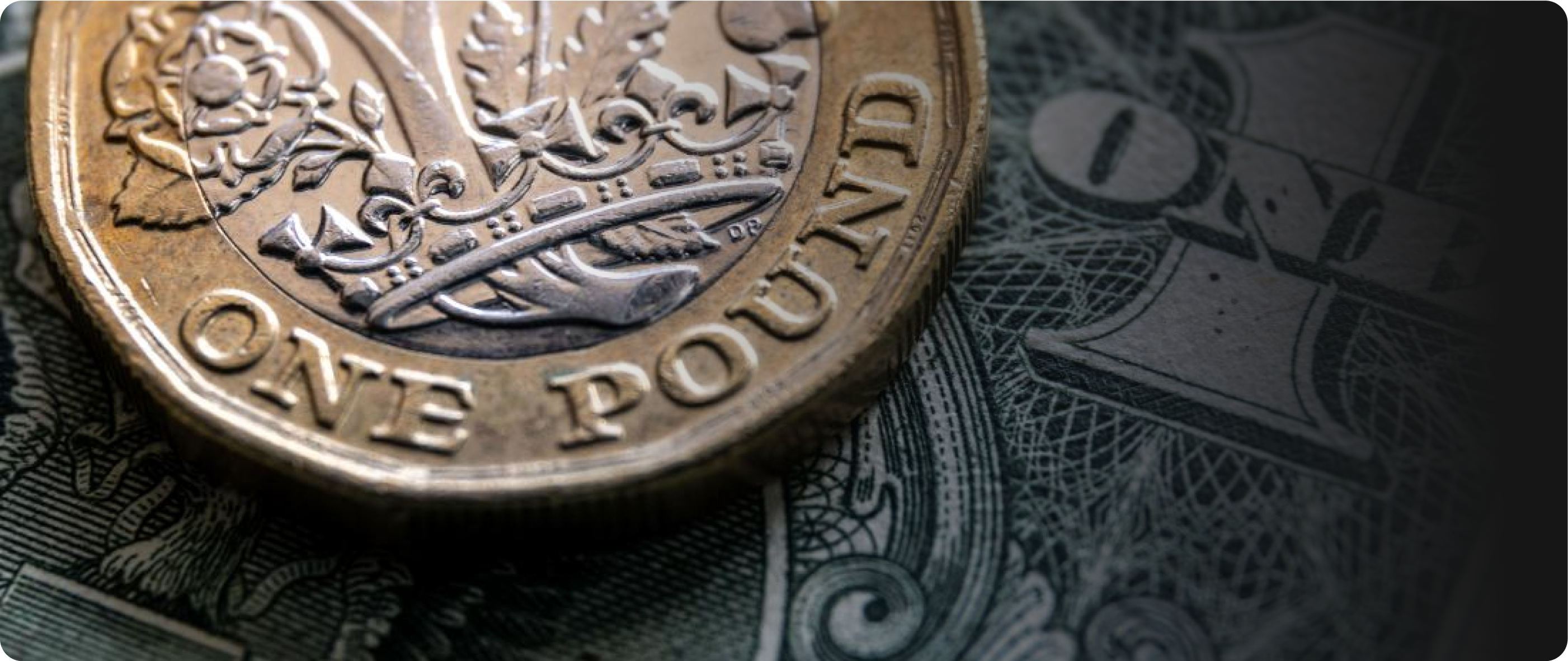The UK Autumn Budget and Its Long-Term Economic Impact
In early November, Rachel Reeves, the Labour Party’s Chancellor of the Exchequer, presented the party’s first budget in 14 years, which included increased government spending and higher taxes. Amid low economic growth and declining tax revenues, this budget aims to stimulate long-term growth. Its success depends on whether the tax hikes can effectively address structural economic issues and boost investment.
In the first half of 2024, the UK economy showed signs of recovery, with better-than-expected growth and reduced inflation. However, structural problems such as stagnant GDP, inflationary pressure in the services sector, and high public debt persist, constraining consumer spending and living standards. Challenges like the aftermath of COVID-19 and Brexit have further exacerbated the UK’s economic struggles.
The Labour Party has sought to address these challenges by increasing taxes and borrowing. While these changes won’t immediately affect consumers, businesses will face higher costs. The party plans to focus on key investments and productivity enhancements to lift the UK out of stagnation. If implemented effectively, this strategy could improve household incomes and overall economic conditions in the long term.
GBP/USD Awaits Key Economic Data
In a typically quiet week, the UK will release critical data, including October’s Consumer Price Index (CPI) on Wednesday, along with October’s retail sales and preliminary November PMI results on Friday.
In September, annual inflation in the UK fell to 1.7%, the lowest since April 2021, while core inflation dropped to 3.2%, a two-year low. For October, forecasts predict headline inflation to rise slightly to 2%. The Bank of England (BoE) is expected to maintain interest rates at 4.75% until the end of the year, with the first 0.25% rate cut projected for March.
If CPI results on Wednesday exceed expectations, investors may push back the timeline for rate cuts, potentially strengthening the pound. The pound’s rally could gain more traction if Friday’s retail sales and PMI data are also positive.
Global Market Highlights
Nvidia and the Dollar’s Strength in a Quiet Week
This week, the US earnings season enters its final phase, with Nvidia taking center stage. Investors will closely watch Nvidia’s earnings and CEO comments for signs of sustained growth. With Nvidia’s stock near its all-time high, expectations remain high, though the company has a history of exceeding them. Wall Street is keen to see how Nvidia’s performance stirs market activity this week.
After last week’s stronger-than-expected US retail sales, markets will also monitor Walmart’s earnings to gauge alignment with broader retail trends. Better-than-expected earnings reports could fuel Wall Street’s rally and further strengthen the US dollar.
Recent US economic data continues to reflect strength, with notable growth in the services sector as the PMI index rose from 54.9 to 56.0. The labor market remains robust, and consumer sentiment is upbeat. The US Economic Surprise Index is now at its highest in seven months.
Combined with persistent inflation above target, these conditions prompted Federal Reserve Chair Jerome Powell to adopt a less dovish tone last week, casting doubt on a December rate cut. Market expectations for a December rate cut have dropped from 80% last week to 60%. Any improvement in Friday’s preliminary PMI figures could reinforce Powell’s cautious stance, boosting the dollar and putting pressure on gold prices.
Buy Plan:
The 1.25957–1.25774 range serves as a strong support for the GBP/USD downtrend. Given the fading volatility sentiment tied to the U.S. elections, this support could hold stronger than expected. As long as GBP/USD stays above 1.25774, any dip toward this range presents a buying opportunity, targeting levels like 1.28369 and 1.29056, with a less likely target at 1.30406.
Sell Plan:
If GBP/USD stabilizes below 1.25774, it opens the door for a bearish move targeting 1.24453 and 1.22940.
Analysis Summary:
The UK’s Autumn Budget, aimed at stimulating long-term economic growth, involves increased government spending and higher taxes. Its success hinges on effectively addressing the structural issues in the British economy. While the first half of 2024 showed signs of recovery, challenges like persistent service sector inflation, high debt, and Brexit-related impacts continue to hinder growth. Businesses may face higher costs due to increased employer national insurance rates, while consumers are unlikely to feel immediate effects.
Upcoming economic data such as inflation (CPI) and PMI will be crucial in shaping monetary policy and supporting the pound. Meanwhile, strong U.S. corporate earnings and economic data could extend the dollar rally, adding pressure on GBP/USD.
Technical analysis shows that the 1.25957–1.25774 range remains key support. As long as the price stays above this level, buying opportunities toward 1.28369 and 1.29056 exist. However, breaking below 1.25774 could pave the way for a decline toward 1.24453 and 1.22940.
























